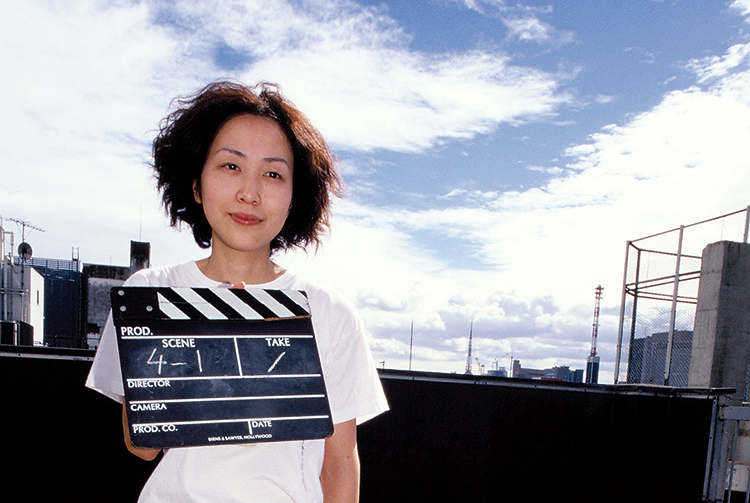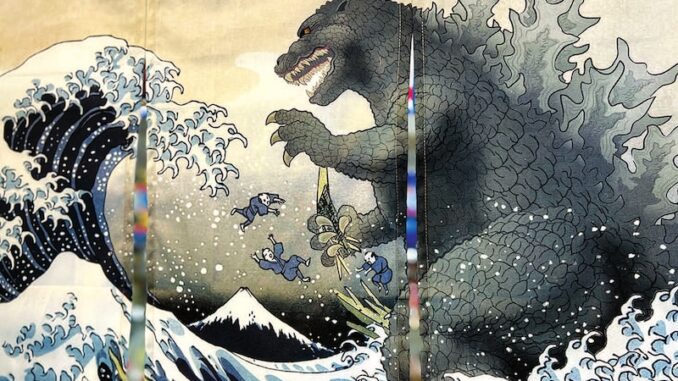
The monster that first appeared on screen in 1954 has become a national and international symbol.
In Godzilla, Mothra and King Ghidorah: Giant Monsters All-Out Attack (2001), one of the film’s main characters, TV producer Kadokura Haruki, a jaded media guy who thinks that most of the programs he makes are stupid, declares that “Godzilla is passé.” However, that film was seen by nearly 2.5 million people, eventually grossing 2.7 billion yen and becoming the third-highest-grossing domestic film in 2002.
That work was followed by eight more Japanese films and four made-in-Hollywood titles. Nine of them have been released in the last ten years, making Godzilla an annual cinematic event. Not bad for a franchise that in the mid-1970s seemed to have reached the end of the line.
Godzilla’s stamina can be attributed to the franchise’s ability to adapt to the changing global social and cultural climate. For one thing, the Big G has become bigger and stronger than ever. In the first 1954 movie, it was 50 meters long, tall enough to tower above the Tokyo cityscape. The Tokyo Tower would not be completed until 1958, while until 1963, Japan’s Building Standard Law set an absolute height limit of 31 meters. Fast forward to 2016 and in Shin Godzilla, the monster’s size had jumped to 118.5 meters.
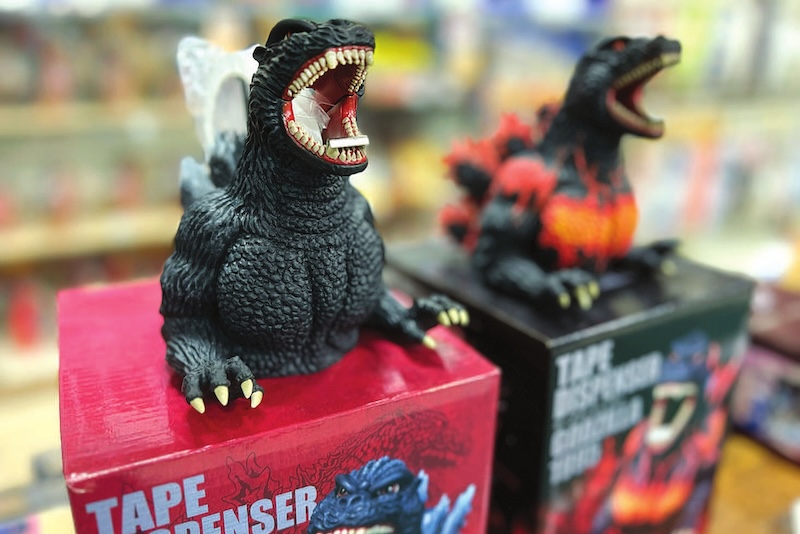
According to Peter H. Brothers, one of the original staff writers on the legendary fanzine Japanese Giants, and the author of three books on Godzilla and Honda Ishiro, Godzilla was born as an allegory of nuclear weapons, then, in the late 1960s, turned from villain to hero, defending humanity from aliens and other assorted monsters, before returning to his bad self in recent years.
However, beyond those changes, Godzilla and the other Toho monsters have one thing in common that has endeared them to the fans. “The one element so unique to Honda’s monster films that sets them apart from his Western contemporaries,” Brothers writes in Mushroom Clouds and Mushroom Men, “was the concept of depicting the various rampaging beasts and offending aliens as much as victims as villains. The huge monsters must die simply because they no longer belong in the modern world.
“In a 1968 interview,” Brothers says, “Honda said that ‘Monsters are tragic beings. They are not evil by choice. They are born too tall, too strong, too heavy. That is their tragedy. They do not attack people because they want to, but because of their size and strength, mankind has no other choice but to defend itself. After watching several stories such as this, people end up developing a kind of affection for the monsters. They end up caring about them.’
“The director went to great lengths to present his monsters not as terrifying creatures, but as exotic animals that could live peacefully if left alone, as if they too have a right to their existence. Sadly, in a world run by men, such a situation is quite impossible.
“These ambivalent endings give Honda’s fantasy films a unique depth of feeling and carry a question of hollow victories for humanity. Even after the dreaded and destructive Godzilla has been reduced to atoms, it seems unlikely the Japanese would ever think to mark the occasion by declaring a national holiday.”
Regarding Godzilla’s sudden transformation from a terrifying creature to a protector of mankind, Brothers says that it mirrored the changing times in which those films were made. “At that time, pressure was being put on Toho by other Japanese studios producing their own monster films,” he says. “Daiei in particular released a film about a monster turtle called The Monster Gamera in November 1965. The film did tremendous business but of greater significance to [producer] Tanaka was the fact that the monster was seen as a champion of children.” From that moment on, comedy and frenetic monster footage would set the future tone of the series.
“Honda later told in an interview that he was actually happy to get away from those films,” Brothers says. “He had a hard time humanizing Godzilla the way Toho wanted, or letting Mothra act as a mediator between Godzilla and Rodan in The Greatest Giant Monster Battle on Earth, and it certainly would have been difficult for him to direct Son of Godzilla.”
Brothers confesses that he is not a big fan of the cuter Godzilla films. “I am of a generation that should have had a stronger attachment to monster movies,” he says, “but even as a child I tended to shy away from them, assuming that they were B-grade just because they were monster or horror movies. Looking back, however, I think that this was simply because, in my own way as a child, I had internalized the values held by adults at the time that monster costumes and animated movies were made to fool children. Thinking back now, I believe that Godzilla has continued to live on the screen to this day because Honda had the conviction and resolve that children cannot be easily fooled.”
Differently from Brothers, cultural critic Kiridoshi Risaku, interviewed elsewhere in this issue about Honda Ishiro’s oeuvre, is very fond of the Godzilla films of the late 60s. “I was born in 1960, and since the time I was in elementary school, around second grade, a new Godzilla film was released every year. I saw all of them and firmly believed that Godzilla was a ‘good guy’ fighting and defeating bad monsters. You can imagine my surprise when my parents and teachers and other adults told me that Godzilla used to be a scary creature. I think I saw the original Godzilla on TV when I was in the fourth grade and I thought gee, he sure is bad! Then, in 1984, a new Godzilla movie came out after a several-year hiatus, and once again he had become the enemy of mankind, and that’s how it is now. So when you think about it, Godzilla was a nice hero for only a short period in the history of this very long franchise. In any case, I have good memories of Godzilla the good guy because it reminds me of my childhood.”
Kiridoshi, who has watched all the Godzilla titles, says that as good as the American films may be, they cannot compete with the Japanese ones. “After all, Japan is a country that suffered the atomic bombing,” he says, “and Japan is where the original Godzilla was made, from a Japanese story, with Japanese special effects. I’m proud that we created such a powerful and successful saga, and judging from the new titles, Shin Godzilla and Godzilla Minus One, I would say that this franchise has a bright future ahead of it.
“The films made in America are not bad. Hollywood always makes flashy movies with budgets that are much bigger than those available to Japanese productions. The problem with those works, though, is that they start off with a somewhat socially conscious feel, a nuclear accident, or King Kong starts in a way that reminds me of the Vietnam War, but halfway through you realize it’s just entertainment and the film usually has a relatively happy ending. In American films, in other words, the social theme is only the trigger for the adventure, the action, which of course is good in its own way, and I’m sure that many Japanese Godzilla fans enjoy or even prefer that. However, I think it’s important not to lose the real-life issues like nuclear power and the shadow of war as Godzilla’s spiritual axis.”
Brothers agrees that’s what makes Godzilla such a great character. “It has been suggested,” he says, “that if Honda Ishiro had never directed another movie after Godzilla, his significance in the annals of cinematic history would in no way be diminished, and there is more than a modicum of truth to the suggestion. Indeed, Honda never made another film with a greater impact on his career than Godzilla.”
In the meantime, Godzilla’s influence has gone far beyond the realm of fantasy.
About 600 km southeast of Okinotori Island, Japan’s southernmost point, Godzilla has appeared on the bottom of the Pacific Ocean in the form of a gigantic megamullion (an oceanic core complex). According to the Marine Information Department of the Japan Coast Guard, a megamullion is a dome-shaped rise with a large-scale vertical slip formed when the mantle beneath the earth’s crust is exposed on the seafloor.
Discovered in 2001 during a government survey to demarcate the continental shelf, this megamullion is 125 kilometers long and 55 Km wide, making its area about three times the size of Tokyo.
At an international conference to decide on the names of undersea topography, it was decided to name the site the Godzilla Megamullion Topographic Zone because of its size.
In fact, though it is not exactly Godzilla-shaped, it is said to be the largest megamullion on Earth and features a series of ridges about 1,000 to 2,500 meters high.
When Japan proposed the name, the Japan Coast Guard, which serves as the secretariat for the domestic review committee, obtained prior consent from Toho, which owns the Godzilla trademark. The name was registered in 2022 after deliberations at the Subcommittee on Undersea Feature Names, jointly established by the International Hydrographic Organization and relevant UNESCO organizations, and from now on, Godzilla’s name will appear in nautical charts and papers.
Jean Derome
To learn more about this topic, check the following articles :
N°145 [TRAVEL] A Quick Trip to Tokyo with Godzilla
N°145 [FOCUS] Godzilla and 1954’s Japan
N°145 [FOCUS] Fate: Born of an Almost Unknown Father
Follow us !


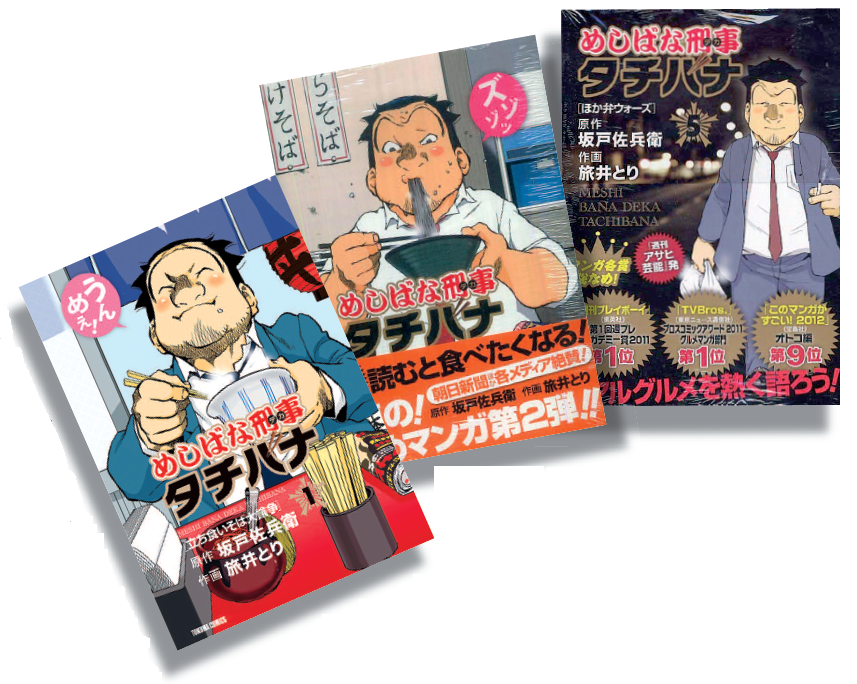




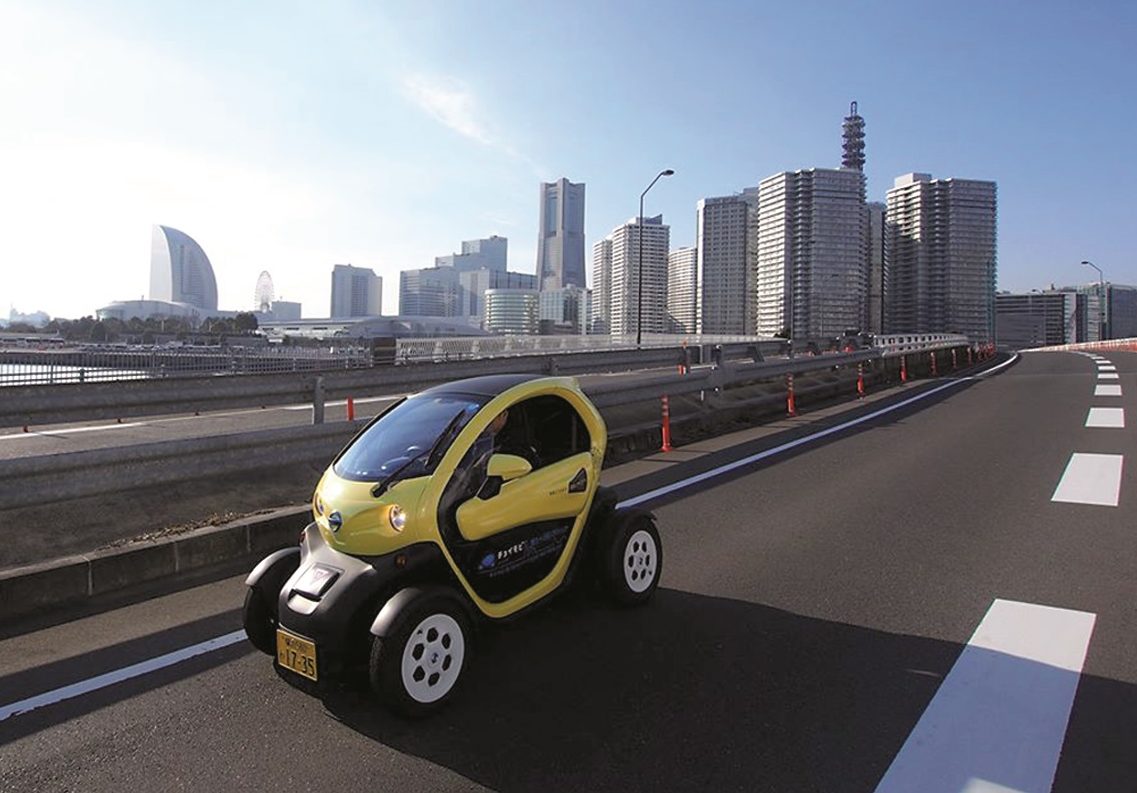
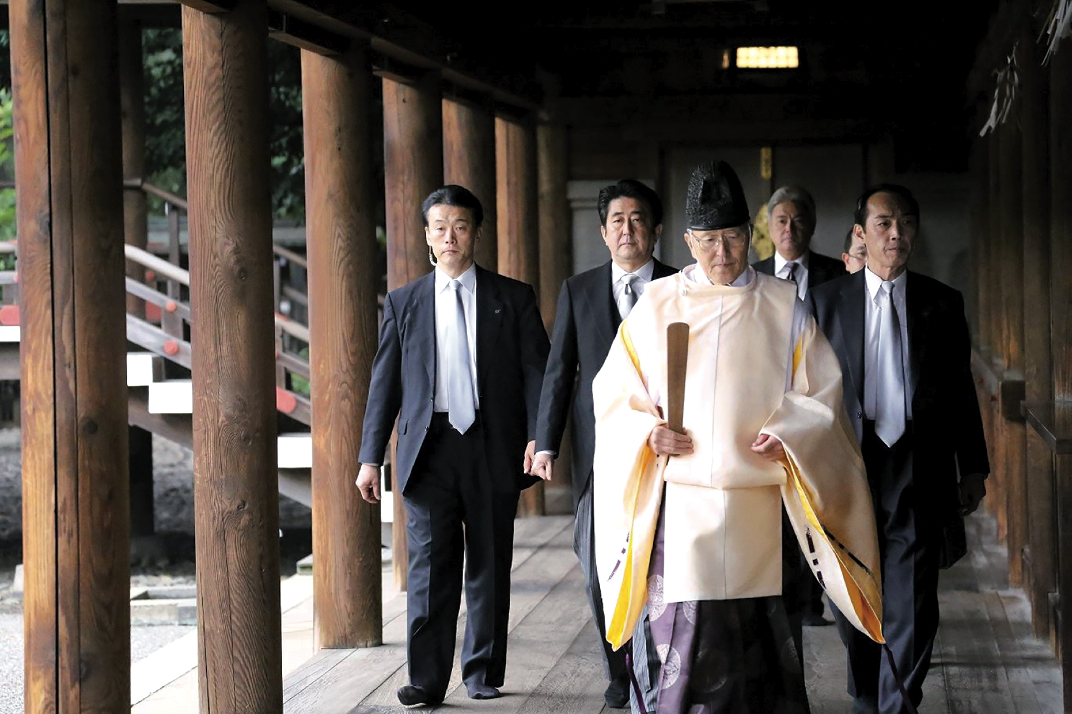
![No51 [MEMORY] A writer who cannot forget](https://www.zoomjapan.info/wp/wp-content/uploads/focus02.png)

